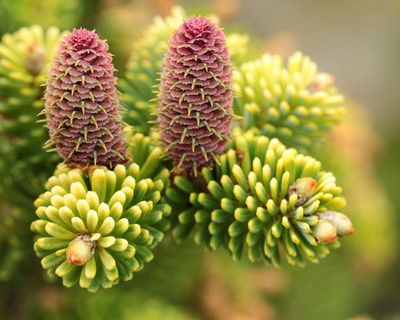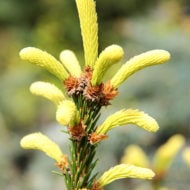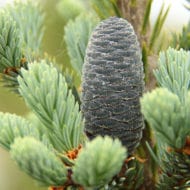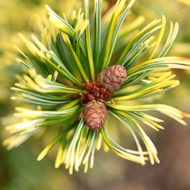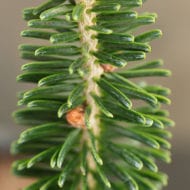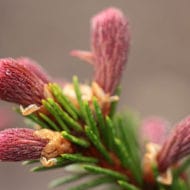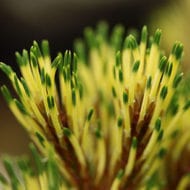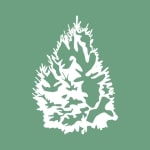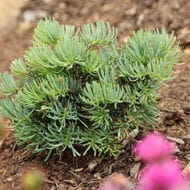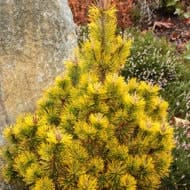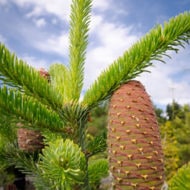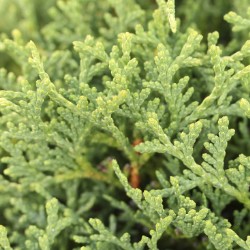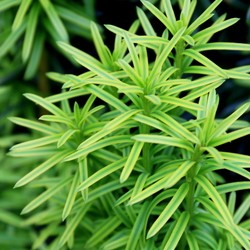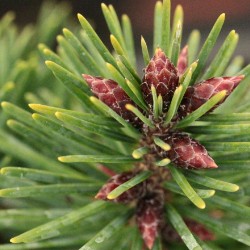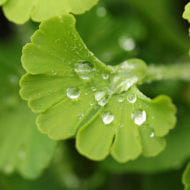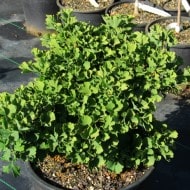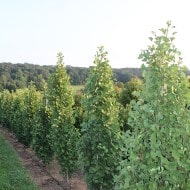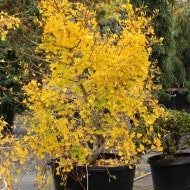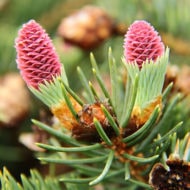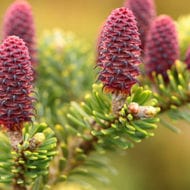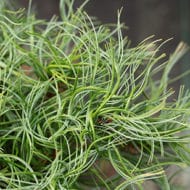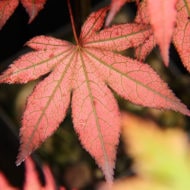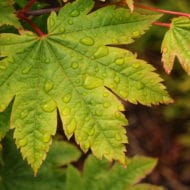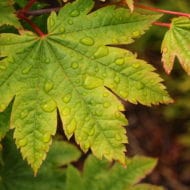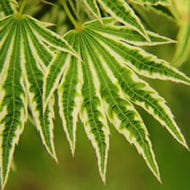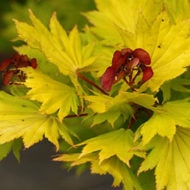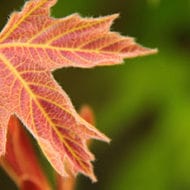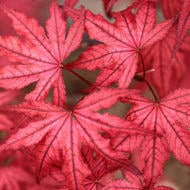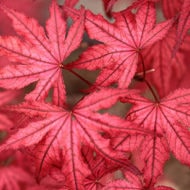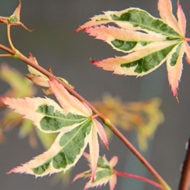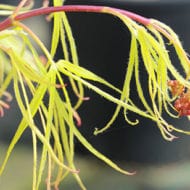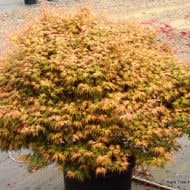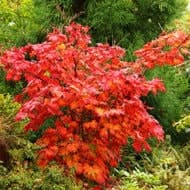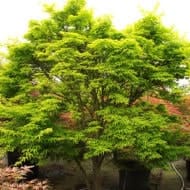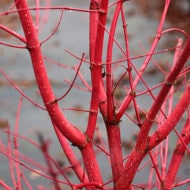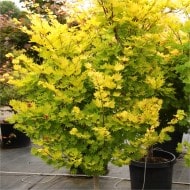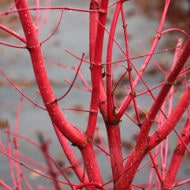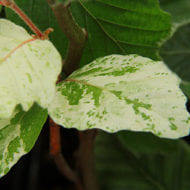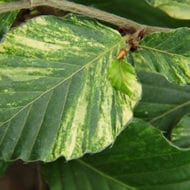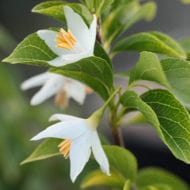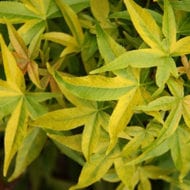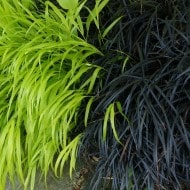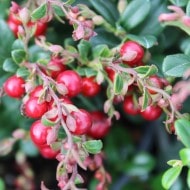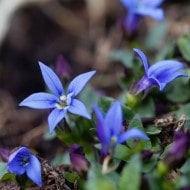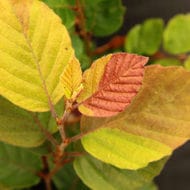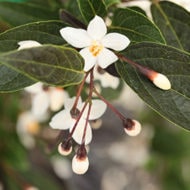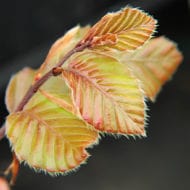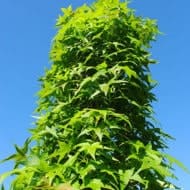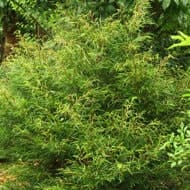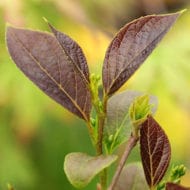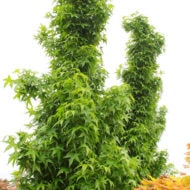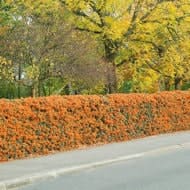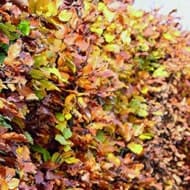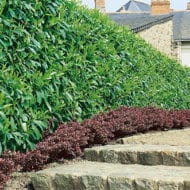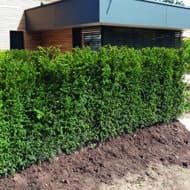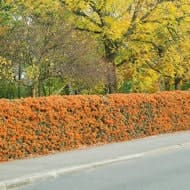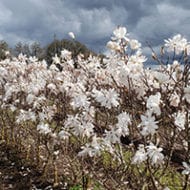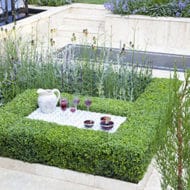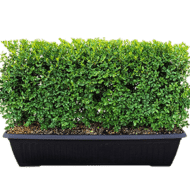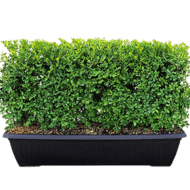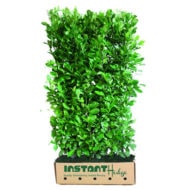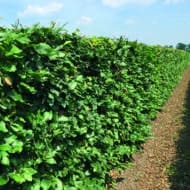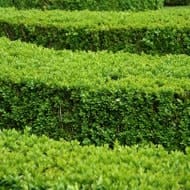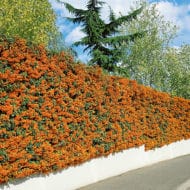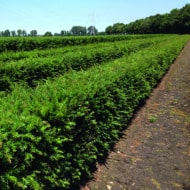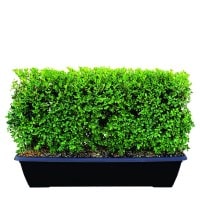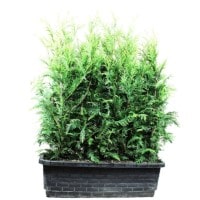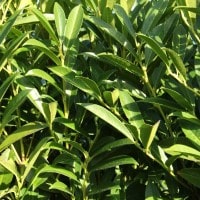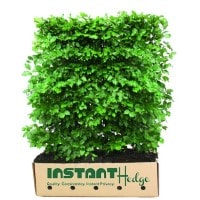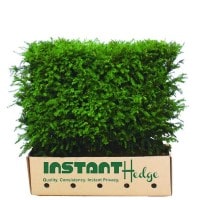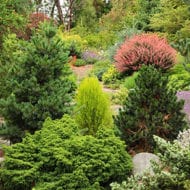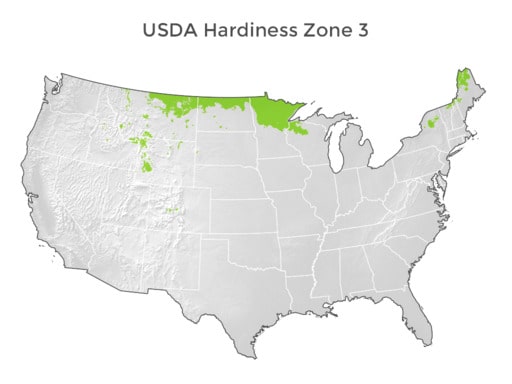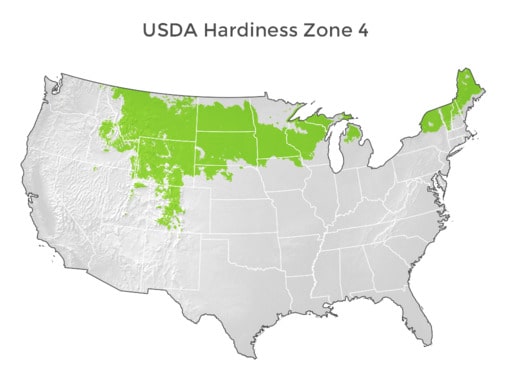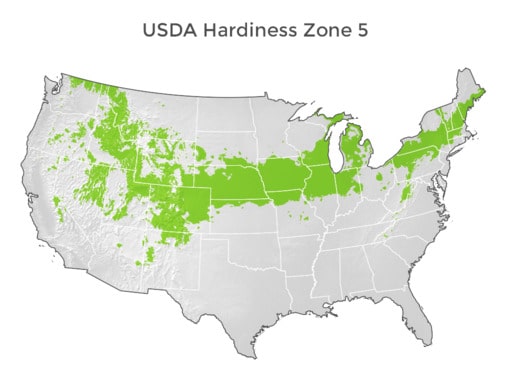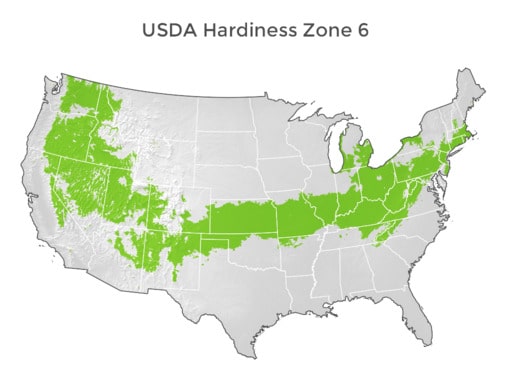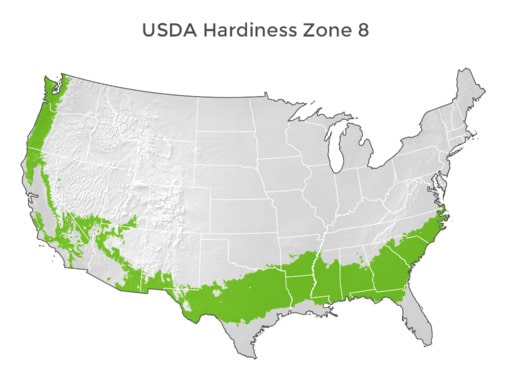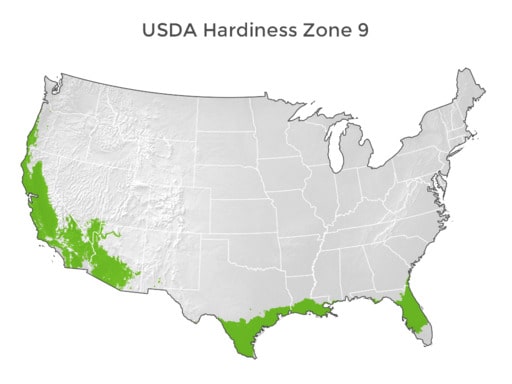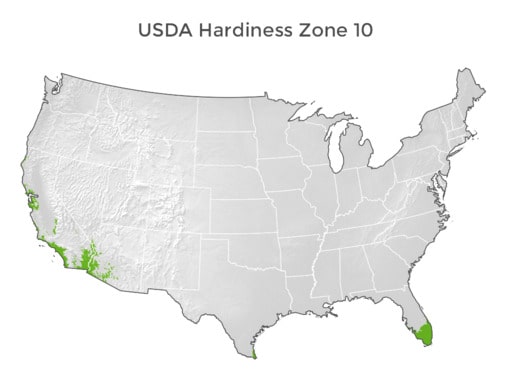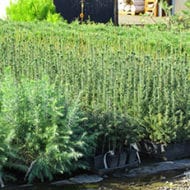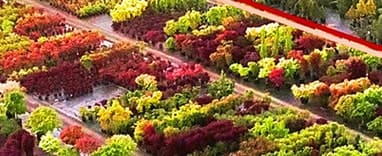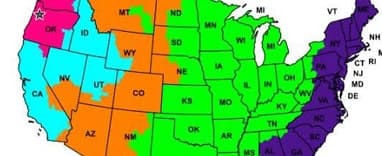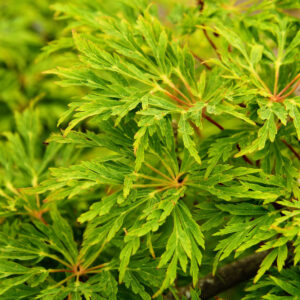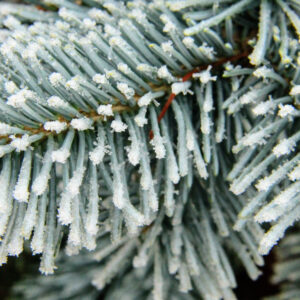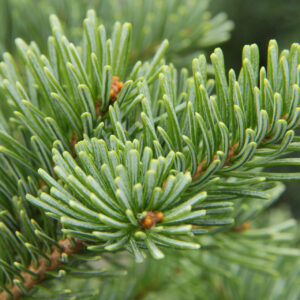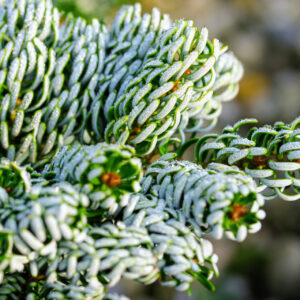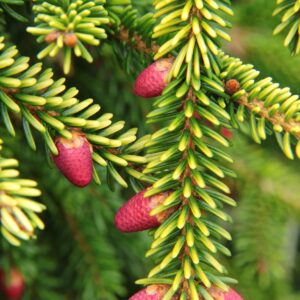





*Photos may demonstrate how the plant grows and do not necessarily pertain to the available crop(s).
Picea orientalis ‘Skylands’ Oriental Spruce
SKU: PicOr-Skylands-0-0
Categories: Conifer Varieties Known to Produce Cones, Dwarf, Dwarf Conifers, Intermediate, Intermediate, Our Plants, Picea orientalis - Oriental Spruces, Pyramidal, Pyramidal, Yellow, Yellow & Gold Conifers, Zone 4, Zone 5, Zone 6, Zone 7, Zone 8
Tags: All Is Fixed, Hardiness Zone 4, Popular
Description
Simply stunning: bright yellow new growth softens to golden-yellow that lasts all year! Add purple cones and an interesting form for a truly outstanding combination of color and form. Plants have irregular forms when young, then become broadly conical at 5-7 years old, and then narrowly conical in maturity. When young, the plants benefit from some shade to avoid foliage burn from hot sun, but given too much shade, their yellow will fade and become more green. Mature plants in full sun boast bright yellow all year.
USDA Hardiness Map
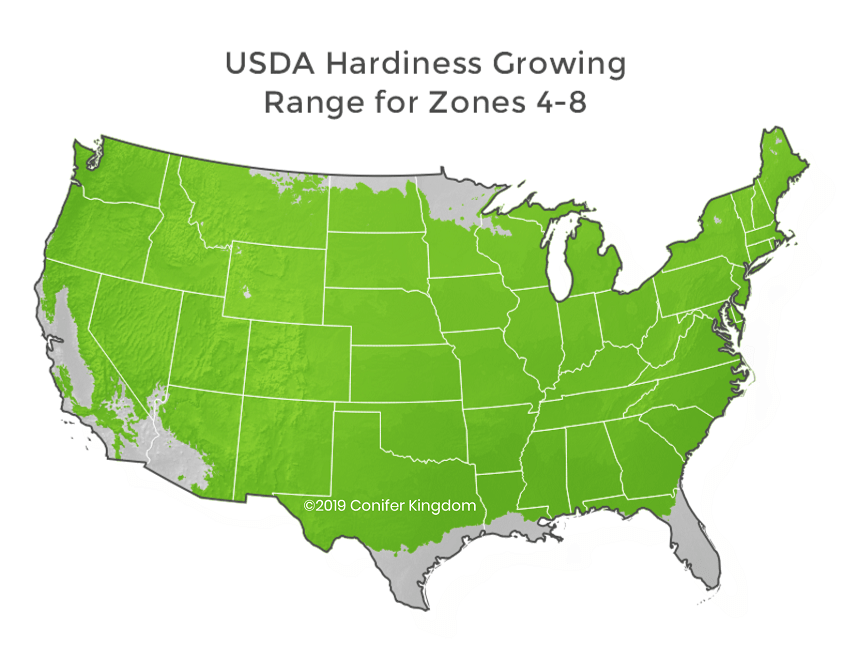
Plant Form
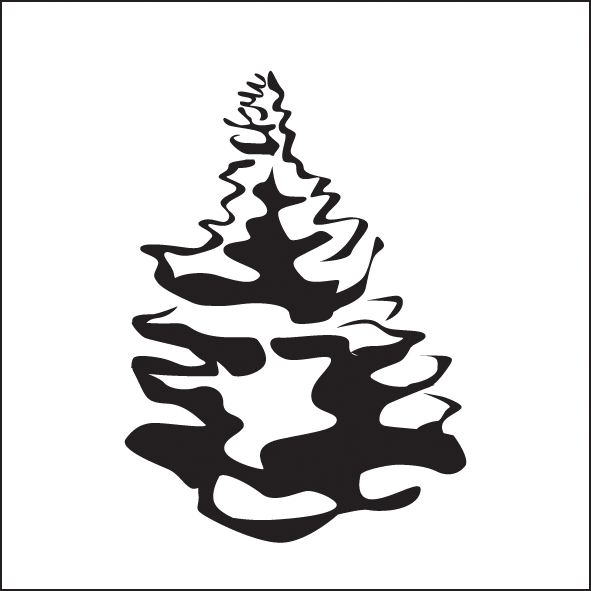
Skylands Oriental Spruce is a golden variety of Oriental Spruce native to the Caucasus region and northeast Turkey. It was initially named Picea orientalis ‘Aurea Compacta,’ but since it was discovered at the Skylands Botanical Garden in New Jersey, it was renamed P. orientalis ‘Skylands.’ In 1979, it was introduced into the nursery trade and was an instant hit. Its remarkable color and hardiness won the Royal Horticultural Society’s Award of Garden Merit in 2012.
Skylands grows at a moderate rate of about 6″-9″ per year, attaining a height and width of 10′-15 × 6′-8′ in 10 years. When young, the plant has an irregular form but becomes broadly conical after several years. At maturity, it becomes narrowly conical at 35′ high and 12′ wide. Its short needles emerge as bright yellow on the exterior branches in full sun and yellow-green in partial shade. Needles on the interior branches remain green. The bright yellow color lasts through the spring and early part of the summer but softens to golden as the season progresses and holds the color through the winter. Red pollen cones and purple seed cones decorate the tree in spring, making a bright contrast with the yellow needles.
Skylands will grow in full sun and tolerate some light shade. It does best in cool climates and less well in the heat and humidity of southern states. While establishing, it needs protection from hot afternoon sun to prevent its needles from scorching, especially in the warmer regions of its 4-8 hardiness zones. It prefers rich soils but will tolerate loam, sand, or clay if they are well-draining. The soil should be kept moist and not be allowed to dry out while the tree is young, and it will become moderately drought-tolerant once established. Container-grown trees need more frequent watering since the soil dries out quicker in a pot than in the ground.
This colorful spruce is a good example of an accent or specimen tree for a limited space. It is beautiful in rock gardens, conifer gardens, Asian gardens, or at the corner of a building. To be at its most colorful, it should not be crowded with other trees so that sunlight can reach as many of the branches as possible.
Companions for Skylands are plants that complement the tree with color and texture. The purple of Siberian Iris goes well with the yellow foliage. Lily-of-the-valley, lungwort, hellebores, hostas, hydrangeas, Chinese fringe flowers, barberries, and oriental lilies also complement the tree’s colors and make an attractive contrast.
Skylands grows at a moderate rate of about 6″-9″ per year, attaining a height and width of 10′-15 × 6′-8′ in 10 years. When young, the plant has an irregular form but becomes broadly conical after several years. At maturity, it becomes narrowly conical at 35′ high and 12′ wide. Its short needles emerge as bright yellow on the exterior branches in full sun and yellow-green in partial shade. Needles on the interior branches remain green. The bright yellow color lasts through the spring and early part of the summer but softens to golden as the season progresses and holds the color through the winter. Red pollen cones and purple seed cones decorate the tree in spring, making a bright contrast with the yellow needles.
Skylands will grow in full sun and tolerate some light shade. It does best in cool climates and less well in the heat and humidity of southern states. While establishing, it needs protection from hot afternoon sun to prevent its needles from scorching, especially in the warmer regions of its 4-8 hardiness zones. It prefers rich soils but will tolerate loam, sand, or clay if they are well-draining. The soil should be kept moist and not be allowed to dry out while the tree is young, and it will become moderately drought-tolerant once established. Container-grown trees need more frequent watering since the soil dries out quicker in a pot than in the ground.
This colorful spruce is a good example of an accent or specimen tree for a limited space. It is beautiful in rock gardens, conifer gardens, Asian gardens, or at the corner of a building. To be at its most colorful, it should not be crowded with other trees so that sunlight can reach as many of the branches as possible.
Companions for Skylands are plants that complement the tree with color and texture. The purple of Siberian Iris goes well with the yellow foliage. Lily-of-the-valley, lungwort, hellebores, hostas, hydrangeas, Chinese fringe flowers, barberries, and oriental lilies also complement the tree’s colors and make an attractive contrast.
Additional information
| Weight | N/A |
|---|---|
| Latin Name | Picea orientalis 'Skylands' |
| Plant Size | #1 Container, #2 Container, #3 Container, #7, 30-36", BP-1 |
| Common name | Skylands Oriental Spruce |
| Sun Exposure | Sun/Part Shade |
| ANNUAL GROWTH | 6-9" |
| HxW@10 Years | 7'x3' |
| Color | yellow/gold |
| Form | Pyramidal |
| Growth Rate | Intermediate |
| Hardiness Zone | Zones 4-8 |
| Color | |
| Growth Rate | |
| Form | |
| Your auto-detected zip code |  |
| hardiness zone based on zip code |  |
| You can also try another zip code |


